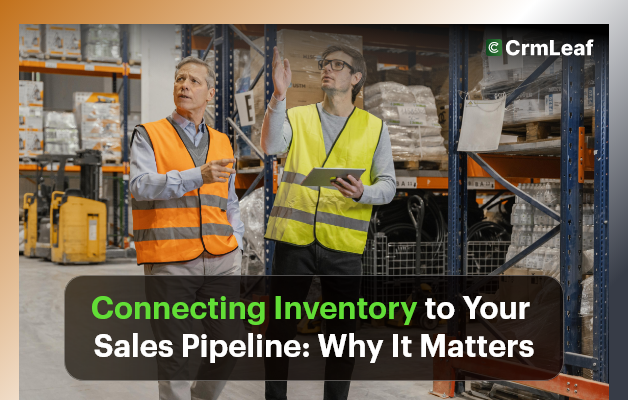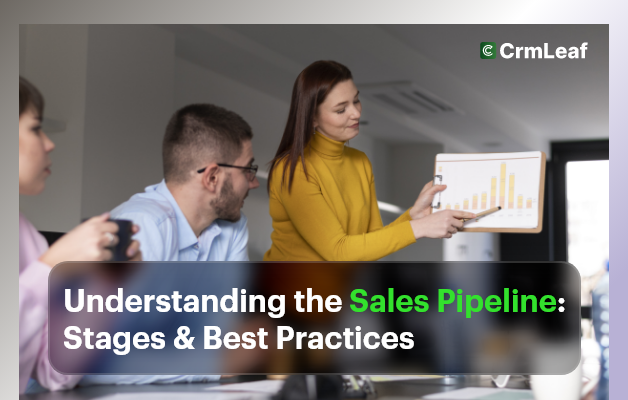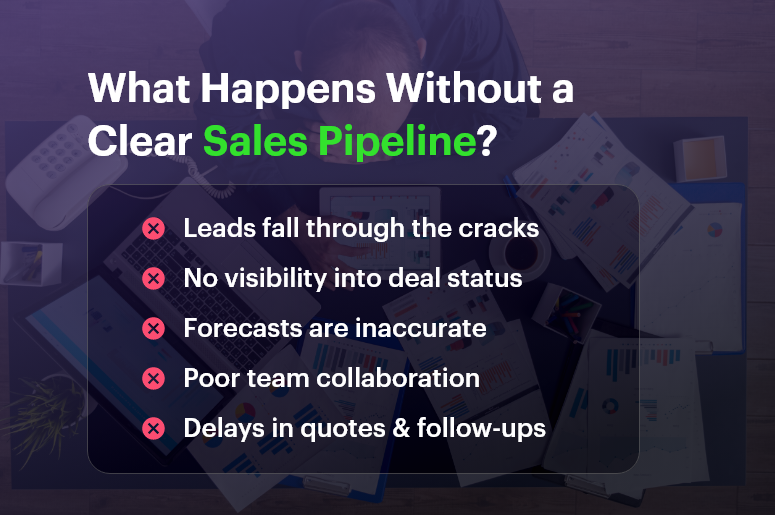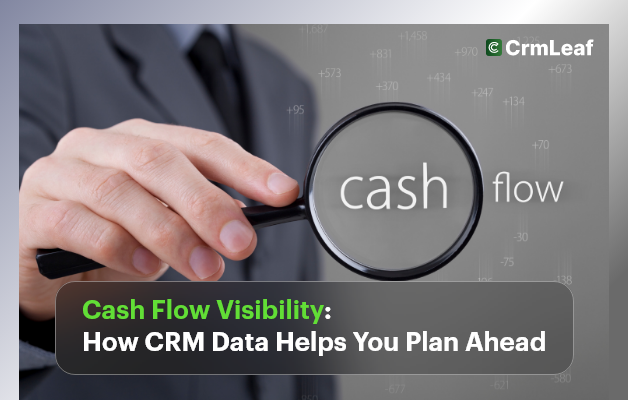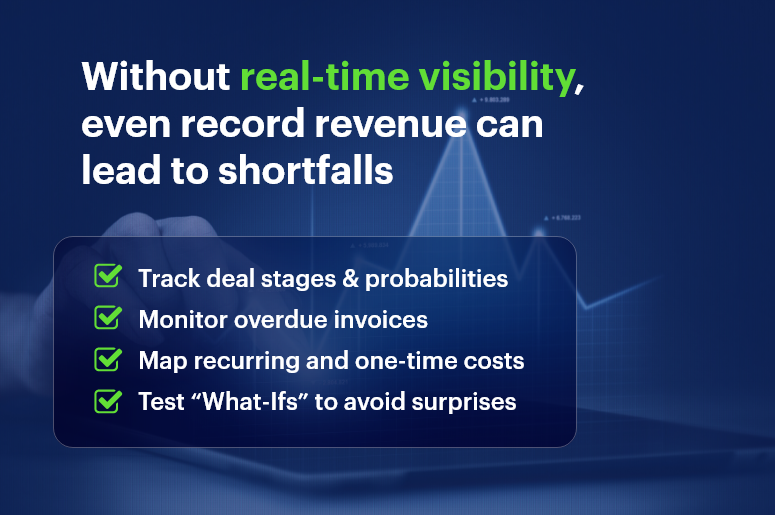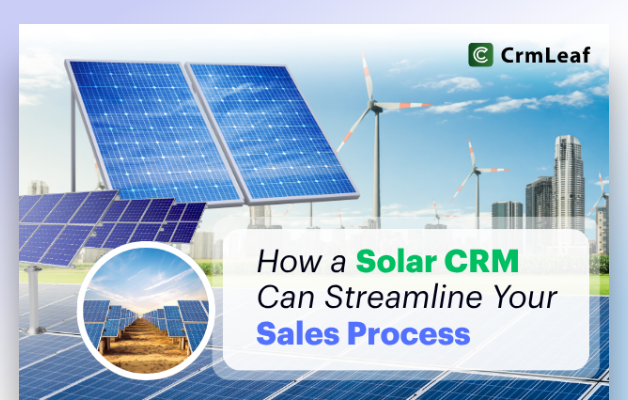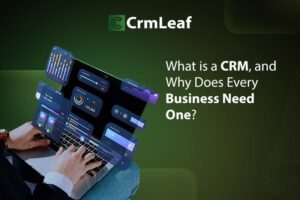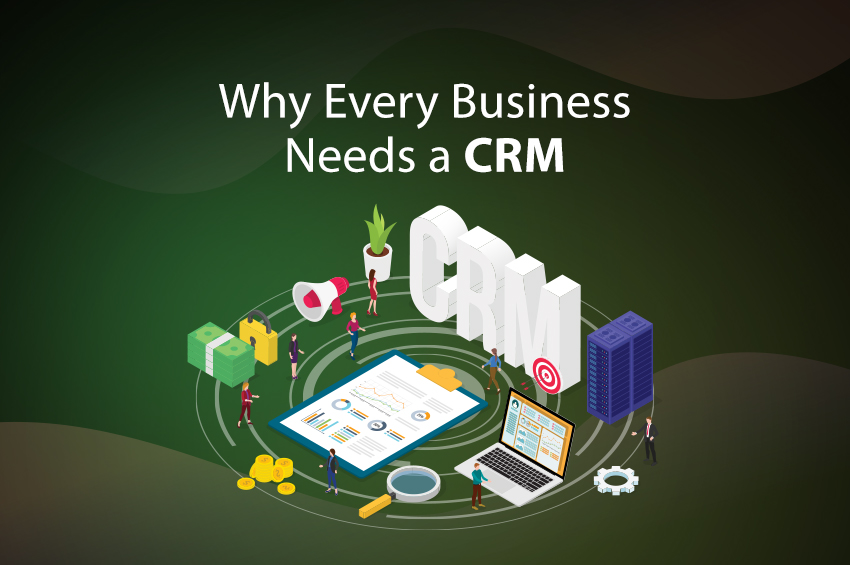In fast-paced industries, one of the most overlooked growth killers is disconnected inventory and sales processes. Imagine a sales team closing deals on products that are out of stock, or inventory managers overstocking items no one is selling. The result? Frustrated customers, missed revenue, and wasted capital. That’s exactly why connecting inventory to your sales pipeline matters more than ever. According to a recent Forrester report, companies that tightly align their sales and inventory processes see up to 25% faster revenue growth and 30% higher customer satisfaction.
In this blog, you’ll learn:
- Why growing businesses can’t afford inventory/sales silos
- How CRM + ERP platforms solve this disconnect
- Actionable ways to improve your pipeline with integrated inventory visibility
Let’s dive in.
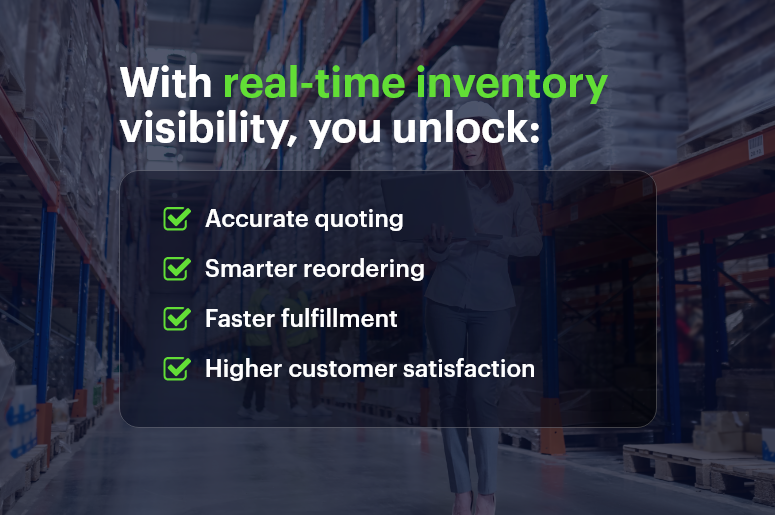
Why Connecting Inventory to Your Sales Pipeline Matters for Business
Connecting inventory to your sales pipeline is no longer just “nice to have.” It’s a business necessity. When both systems work together, you get a full view of demand, supply, and fulfillment — in real time.
1. Sales Teams Need Real-Time Stock Visibility
Your sales reps are your front line. Without live inventory data, they’re selling blind.
- With real-time visibility, sales can instantly check stock levels before committing to a quote.
- This avoids overpromising, backorders, and unhappy customers.
- It also helps reps push available products, improving conversion rates.
2. Inventory Teams Gain Demand Forecasting Insights
Inventory managers are often guessing what to reorder. But when they’re plugged into the sales funnel:
- They can see what products are in demand before orders even close.
- This allows for data-driven purchasing and better stock planning.
- Over time, it reduces excess inventory and boosts cash flow.
3. CX Leaders Can Fulfill Faster and Smarter
When CRM and ERP are connected:
- Order fulfillment teams can prioritize fast-moving deals.
- Customers get what they want, faster — improving loyalty.
- Businesses reduce costly rush orders and emergency shipping.
Best Practices to Connect Inventory and Sales Seamlessly
If you’re serious about improving efficiency, you need a game plan. Here’s how to align your inventory and sales pipeline with smart strategies and the right tools.
1. Use an Integrated CRM + ERP Platform
The days of juggling multiple disconnected tools are over.
- An all-in-one CRM + ERP system like CRMLeaf centralizes data for inventory, sales, purchase, and finance.
- This ensures that all teams are looking at the same, real-time information.
- No more manual updates or switching tabs to sync data.
2. Automate Stock Visibility in the Sales Process
Stop making your sales team guess stock levels.
- Set up live inventory availability directly in quotes, proposals, and sales dashboards.
- Add auto-alerts for low-stock or high-demand products.
- This makes your pipeline proactive instead of reactive.
3. Sync Sales Forecasts with Inventory Planning
Forecasting isn’t just for finance.
- Feed sales pipeline data into your inventory module to improve forecasting accuracy.
- Run scenario planning to simulate different demand curves.
- Let inventory managers plan for spikes, promotions, or seasonal fluctuations.
4. Define Business Rules for Order Commitment
What happens when a product has only 10 units left and two reps are closing at the same time?
- Set smart allocation rules that reserve stock based on deal priority.
- CRMLeaf allows custom rules for deal stages, priority customers, or territories.
- This eliminates internal conflict and improves customer experience.
5. Create Real-Time Inventory Dashboards for Sales Teams
Don’t just show stock levels in ERP — bring them to the people who need it most.
- Use custom dashboards in CRMLeaf that display inventory by location, product line, and fulfillment speed.
- Let sales teams filter based on region, customer type, or delivery window.
- These dashboards empower reps to act faster and sell smarter.
Case Study: How One Retailer Aligned Sales & Inventory for 40% Faster Fulfillment
For example, BrightCart, a consumer electronics retailer, used CRMLeaf’s CRM + ERP integration to streamline operations across their 12 warehouse locations.
- They connected their inventory system with their sales pipeline, allowing reps to quote only in-stock items.
- Their order team prioritized shipments based on live deal status, cutting fulfillment time by 40%.
- Stockouts dropped by 35%, and customer satisfaction scores went up by 20% within 6 months.
This transformation happened not with more staff, but with better tools and data visibility.
Key Takeaways: What Happens When You Connect Inventory to Sales
To recap:
- Connecting inventory to your sales pipeline is crucial for accurate forecasting, efficient selling, and faster fulfillment.
- A unified CRM + ERP platform like CRMLeaf eliminates the silos that slow you down.
- Real-time data empowers your sales, inventory, and fulfillment teams to act with confidence.
- You’ll reduce stockouts, improve cash flow, and deliver better customer experiences.
